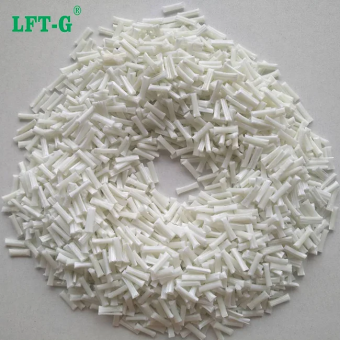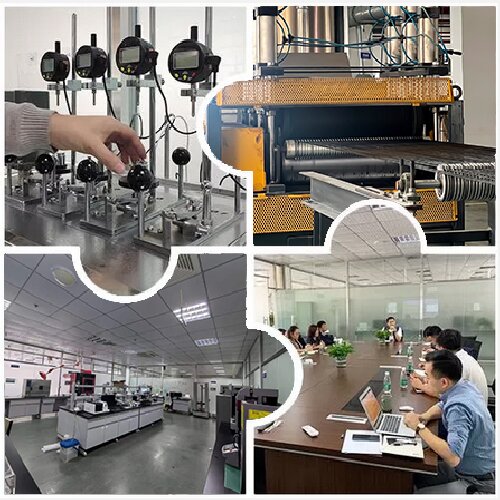With independent laboratories and researchers with more than 20 years of technical experience, LFT-G provides quality control services for our own products, as well as testing services for samples supplied by our customers. We utilize comprehensive testing methods, including flammability Properties, thermal properties and mechanical properties testing, to accurately evaluate and improve the properties of plastic compounds.

 e-mail
e-mail English
English français
français Deutsch
Deutsch русский
русский italiano
italiano español
español português
português العربية
العربية 日本語
日本語 한국의
한국의 中文
中文













